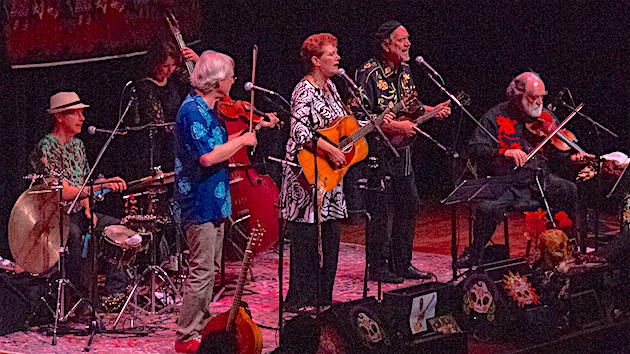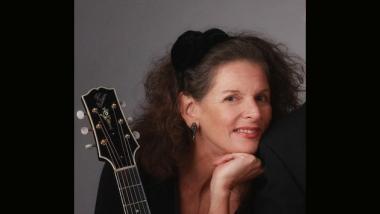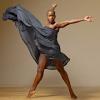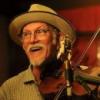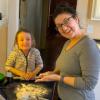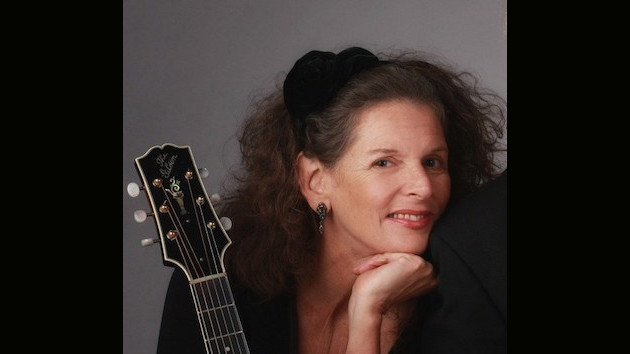
With the dark cloud of the coronavirus hovering over the world, everyone has had to adjust to a disruptive reality. The performing arts in the U.S. have been hit particularly hard, with most live entertainment venues closed and no plans to reopen them anytime soon. Despite the many hardships, however, creativity is flourishing in surprising ways. Many musicians with extra time on their hands are finding new ways to quench their creative appetites.
I chatted with several musicians, Cyd Smith, Kevin Carr, and Paul Smith, who have been using this time to expand their musical boundaries by exploring new instruments, different techniques, and musical genres.
Cyd Smith
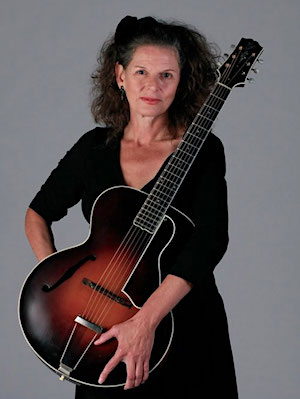
Although guitarist/vocalist/songwriter and teacher Cyd Smith originally set out to be a classical guitarist, she became immersed in the world of bluegrass, country, folk music, and swing jazz. A member of several performing groups in the Seattle, in normal times she has five-to-six gigs a month and is busy teaching guitar at summer camps for adults.
When the COVID-19 pandemic hit and every performance she had scheduled got shut down, Smith, by chance, got introduced to livestreaming opera, igniting an interest and passion that for her was completely new.
You started your musical career with classical guitar. Tell me about that.
I thought I was going to be a journalist and Stanford had a program, but they also had a classical guitar department — hardly any conservatories did in the early ’70s. After a couple of years I moved to San Francisco and studied with George Sakellariou at the San Francisco Conservatory.
Then I met guitarist Michael Lorimer [another Conservatory teacher] and he invited me to his master class in Berkeley. I had been the “star” of the Stanford program, because there were only, like, two people in it, but in Michael’s master class I saw what the competition was like — all these really confident young men —and I realized that I did not think I had what it took to stand up to that.
And at that point I met this guy in a coffeehouse in San Francisco who turned me on to the rich world of Paul’s Saloon and all these phenomenal little venues for bluegrass and old time music that were happening in the Bay Area at that time in the early ’70s and all of a sudden it was like, “I can just be out playing simple chords on guitar and singing.”
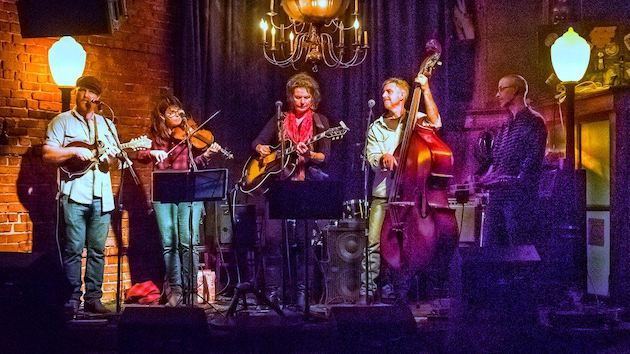
Since the pandemic, I understand that you have really gotten into opera. How did that come about?
I never really had it in for opera, but at the very end of a happy-hour Zoom with some friends, they told me, “We’ve been watching the Met Opera streams and it’s incredible. You’ve got to watch the Barber of Seville with Juan Diego Flórez and Joyce DiDonato.” And I thought, “OK, I’ll try this, what the heck.”
What had been your exposure to opera before?
I had seen Carmen and some local Seattle productions — Boris Godunov not many years ago. My experience of opera was that it was kind of more trouble and expense than it was worth.
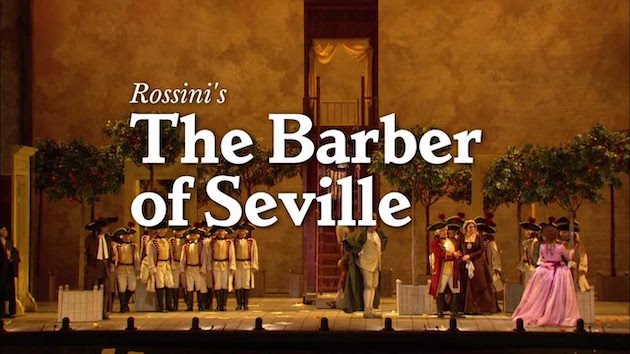
What changed your mind?
I think the caliber of the Met is exceptional, and I’ve discovered that the Paris Opera has incredible productions. The depth of talent in these world-class streaming productions and the innovative staging ideas — you’re seeing some of the most creative minds do this stuff. These first-rate houses have a whole different set of singers than you’re going to get at a local place like Seattle. The sheer athleticism of it is unbelievable, and how they can act! Plus, you’ve got the best seats in the house, and fabulous lighting and sound.
Do you think this would have happened if not for the pandemic?
No. And I know the local theaters are doing Met streaming, but I probably would never have gone.
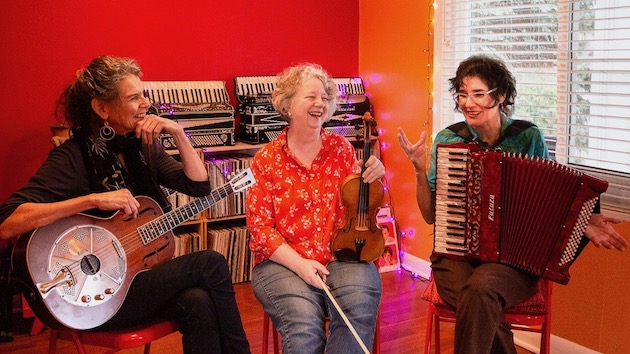
How has this influenced you musically?
I am definitely thinking a lot more about breath, and I watch how they are using their lips. I study with a voice teacher and a lot of the things that she talks about are so exemplified by them — this insane degree of precision. I watch their faces and can see some of the musculature and can hear what they are accessing.
What good has come for you during the pandemic experience?
There are so many gifts. There’s a lot of time to practice, explore music, and I can do things that aren’t necessarily musically relevant to my next gig, because I don’t have any gigs. I’m not going to be an opera singer, but I can enjoy it. I am just grateful for every day that I can play and sing.
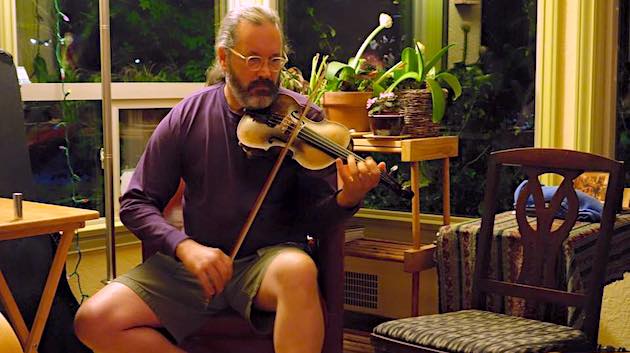
Paul Smith
Paul Smith became enamored with the violin when he was quite young, with a strong affinity for Irish and North American fiddle music. A classically trained composer, he has written a variety of pieces, including an original opera, Cassandra, and taught world music for many years at Washington State University. In addition to fiddle, Smith plays banjo, piano, and guitar, performs in a traditional Irish band, and produces and records local musicians. When the pandemic essentially shut down everything he was doing, Smith decided to do something he had been wanting to do for years — learn to play J.S. Bach’s Sonatas and Partitas for Solo Violin — six compositions for violin with no accompaniment, including the Chaconne, the famous movement that concludes Partita No. 2.
Tell me about your musical background.
I grew up in a home where I was not really encouraged to be a musician, but I was just hungry for it. I had piano lessons when I was a kid, started playing ragtime piano in high school, and [later] went into banjo. But the fiddle kind of came up and bit me. I had around a 10-year music career, recording [two albums] on Flying Fish Records.
What got you interested in learning to play Bach?
He’s our Shakespeare. When you are a composition major, you learn about the Bach solo violin literature, and you think, “this is the most amazing thing that anyone ever did.” In the ’80s I bought a copy of the Sonatas and Partitas and tried to sort it out. It was just something I did on the side, thinking it was just making me a better fiddle player. But when this thing [the pandemic] hit, I thought, “I’m going to learn to play the Chaconne. I just started playing Bach for a couple of hours a day, and everything felt easy after that.
Did you ever formally study violin?
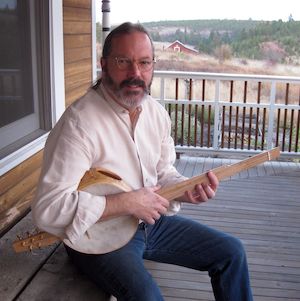
I wasn’t classically trained on the violin — I screwed around with it. I started playing very simple fiddle tunes like “Arkansas Traveler.” I had an ear, and I just tried to make it work. I did take lessons from a bluegrass fiddle player who was a session musician, and he gave me some good basic technique. I was doing all this traditional folk music, and I made a very conscious decision to learn only oral tradition, although I could read.
I had a really crappy instrument and bow, so I could never get the tone that I wanted from the instrument. Then ironically, a really good Irish fiddle player and famous bow maker, Morgan Anderson, moved near me, and for my 50th birthday, my wife commissioned a bow from him. And then I realized, “Oh my God, this is what one of these things does!” And then a few years later, I got a nice violin — a late 18th-century Viennese, high-arch, really sweet fiddle.
How did the new bow and violin affect your playing?
The bow was the surprising difference — the response was completely different, and there are interesting changes I noticed in the way it feels to play a violin like this. I don’t think a lot of violinists have the experience of starting with fiddling. I am intrigued with how it’s changing my playing. There’s this effect when you touch the string — there’s a little jewel in your mind for that note.
Is learning classical harder than learning fiddle tunes?
Yes, because it’s so unforgiving. Things have to be right in tune. You have to be able to play in every key and every position. I have gotten way better control.
Do you think you will continue working with Bach and other classical music after the pandemic?
Oh yeah. This has crossed a line, and once you can get through the Chaconne pretty well, you can play any of it. And I want to play all of it. There are probably around 12 movements that I play at, and I set all that aside to nail this down, but I want to play it all. And the composer in me has in the back of my mind — I might put my effort to writing some solo violin literature.
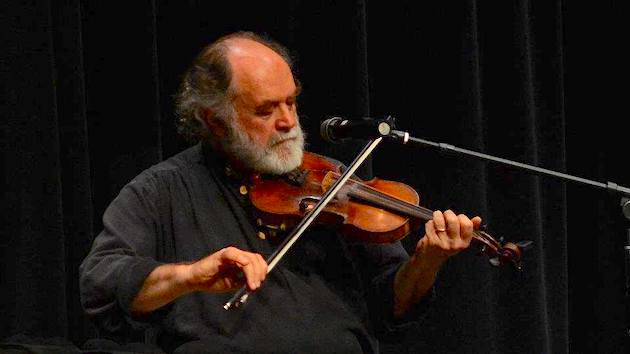
Kevin Carr
Kevin Carr is a fiddler, storyteller, and teacher based in southern Oregon who loves to collect and learn to play instruments from around the world, including fiddle, guitar, bagpipes of all sorts, accordion, and banjo. Deeply enmeshed in traditional folk music, he performs with a variety of ensembles, including the Bay Area-based group Wake the Dead. When the coronavirus pandemic hit and Carr suddenly had a lot of time on his hands, he decided to finally learn to play the button accordion, something he had been wanting to do for a long time.
Tell me about your musical history.
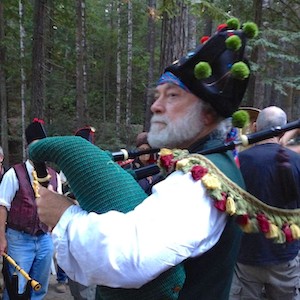
I have been a dilettante from the beginning. I basically fell in love with exotic music and instruments 45 years ago. I have certain instruments that I play more professionally — the fiddle and a couple of the bagpipes.
I am talking to you from my little yurt, and as I glance around, I am looking at about 30 bagpipes from around the world, a whole parcel of stringed instruments, a few accordions, banjos, and electric guitars. I love to be able to make sounds on these instruments.
You have taken up button accordion during the pandemic. How and why did that evolve?
For many years I played a little bit of French Canadian single-row button accordion. But I have never tackled Irish accordion — it just seemed so different than the other things that I did, and I just didn’t have the time and space in my life. I think the difficulty was in my mind, but also just having the time to sit and actually work with it. I have all these instruments that don’t get played, so why would I start with a new one?
So when this whole thing happened, just coincidentally I saw an ad for a little Irish-style button accordion, and I bought it, and said, I’m going to learn some of those tunes. I have time now not to be distracted by other things that I do, or by having to go off and do gigs.
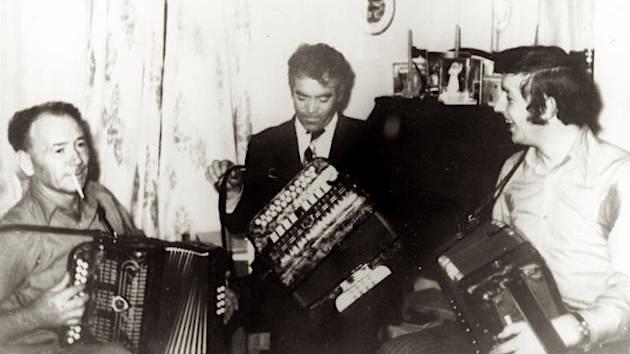
It had this sound that reminded me of when I first started playing. There were a couple of really seminal Irish musicians in the Bay Area who played an older style of Irish music and their instruments had a very unique sound — the music was slower, more majestic and wonderful. It has been incredibly satisfying, because I feel like I’m relearning those tunes. It’s a slightly different repertoire and aesthetic, but it feels incredibly grounding, coming full circle in a way.
I know there are button accordions and piano accordions. Are there others?
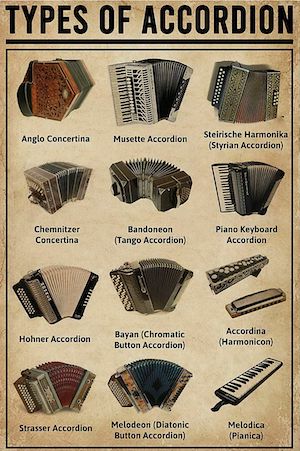
Actually, there are more than that. What the Irish played is called a diatonic button accordion. It started out in the early 1800s and it’s like harmonica — you have one harmonica for each key. It’s very simple, but you can do a lot with simplicity in folk music. Each culture has their own little version of it. Somewhere on the internet there’s a chart of accordions that has 100 accordions from various cultures and how they’re used. It’s really phenomenal.
Do you plan to play the button accordion when you have gigs again?
I do want to play it, but just more in informal sessions. There’s a lot of musicians around here and we have lovely sessions. It adds a kind of a jolly sound. I don’t know if I’ll ever actually be playing it onstage — we’ll see.
Anything else interesting you are doing during the pandemic?
At the beginning of this pandemic, I saw a group that I love from the south of France and they mix music from Gascony on a little bagpipe. Coincidentally, I had just gotten one and was learning to play. I’ve been working on that too and it’s sort of whipping my keister, but I’m finally making some headway.
What good has come for you as a result of the pandemic?
I live on a little acre of land in Southern Oregon in about the most beautiful place I have ever been. It’s completely surreal because it’s stunningly blissful — but everything is topsy-turvy. What the pandemic has done is slow me down to the point where every day I can stop, and the flowers are more beautiful, and the birds sing more beautifully. I think it’s good in a lot of ways.
